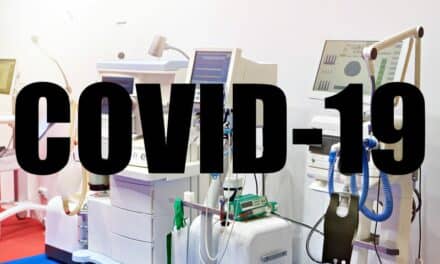The healthcare equipment leasing market is expected to grow at a compound annual growth rate (CAGR) of around 7.6% during 2022-2027, according to Arizton’s latest research report.
A growing number of medical imaging and surgical procedures; high capital and procurement costs of equipment; and increase in the number of diagnostic centers and hospitals are the major drivers of the leasing market.
With the rise in imaging and diagnostic procedures, especially during the COVID-19 pandemic, the demand for leasing equipment increased drastically. However, patient monitoring equipment is likely to witness the highest CAGR of 8% during the forecast period.
Leasing equipment has become more advantageous to healthcare providers by avoiding putting up the required capital. Equipment, such as diagnostic and surgical devices, is constantly improving, making past models obsolete quickly. With leasing, there is more control over the imaging equipment by the procurer at the end of the lease. In addition, upgrading the equipment can also be scheduled by the procurer.
Most healthcare practices, from small to large, prefer to lease equipment, which will continue the market growth.
Indeed, healthcare equipment leasing has become an emerging phenomenon for small to medium-sized companies. For start-ups, leasing has been the only way to get the doors opened before the funding runs out, especially in a case where many expensive items are required to run the company. Healthcare equipment leasing for new and used ones can be one of the most cost-effective ways of procuring required items. With leasing, sometimes equipment can be upgraded after each term to the newest and best without having to figure out what to do with the old healthcare equipment.




